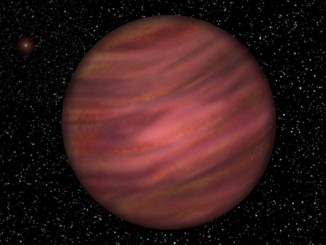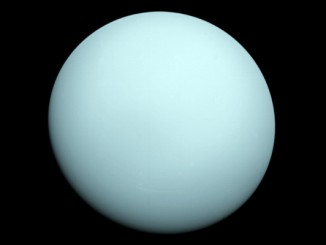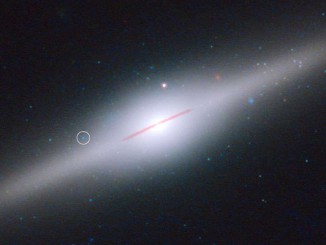
Meteorite: Nature and Culture
The focus of Maria Golia’s book is not in the scientific details, but squarely on the place of meteorites in various aspects of human culture. Interspersed among the various sections are full-page images of meteorites as viewed under the microscope. “This is an extremely well-researched book … renewed my interest in meteorites in general,” says reviewer John Rowlands.









